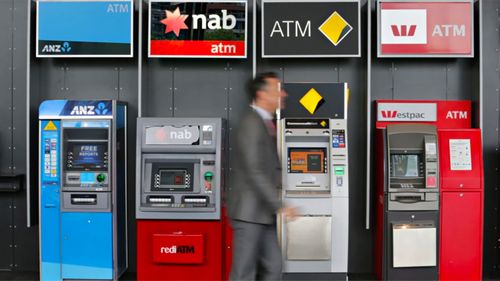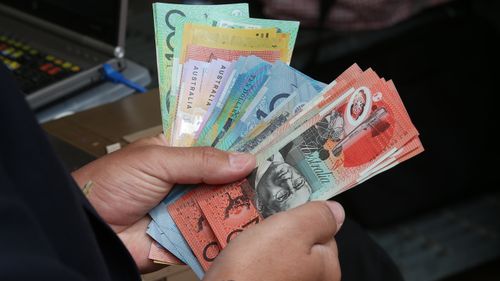Every week we will break down, debunk and demystify your rights as a shopper in Australia. This week we are looking at why it is becoming harder to find an ATM when you need one.
We all know life is getting more expensive than ever before, and how important it is to stretch every dollar you make.
That’s why each week we’ll answer a question surrounding what shoppers are – and aren’t – entitled to when dealing with retailers and manufacturers.

This isn’t really a problem I have but more of a curiosity – one day I was out at my local shops and needed cash to pay for my haircut at a local salon that only accepted cash.
Ten years ago this shopping mall was littered with ATMs from all banks, but on this day I struggled even to find one from an independent operator.
Is it me, or are ATMs disappearing faster than they ever have before?
It’s not you – ATMs (or automated teller machines) are disappearing at a rate of knots.
All of Australia’s major banks, and even the smaller operators, are reducing their ATM presence in the community for a number of reasons, but we only really publicly hear of one: people aren’t using them anymore.

The huge adoption of digital payments – such as contactless cards or using smartphones on EFTPOS terminals – has seen a dramatic reduction in the number of customers accessing ATMs to withdraw cash.
Read Related Also: Serenity Dennard: New Photo Shows What Girl Who Vanished From Children’s Home in 2019 May Look Like Now
The latest statistics from the Reserve Bank of Australia show that on a 12-month basis, ATM withdrawals are plunging, with a 5.8 per cent drop in November of last year alone.
But there’s more to it than that.
Traditionally ATMs are not a huge profit driver for banks, compared to other products or services they offer.
The machines offer a valuable service to customers who may need it, and a bank’s ATM network was perhaps once a major selling point.

But now customers are using them less, they are fast becoming an unnecessary expense on the bank’s bottom line.
Think about all the costs that one would have to incur to run an ATM: There’s the cost of the machine itself, the cash to stock it, the price of armed contractors to collect and transport the cash, various insurance requirements and if the ATM is not physically on bank property, maybe even rent on where the machine is placed.
That’s largely why private ATM companies are replacing those of the big banks – they are offering the convenience of cash on hand, and covering their costs with a withdrawal fee that traditionally the big lenders would waive.

Doctor kills the king of England to make a newspaper deadline
The information provided on this website is general in nature only and does not constitute personal financial advice. The information has been prepared without taking into account your personal objectives, financial situation or needs. Before acting on any information on this website you should consider the appropriateness of the information having regard to your objectives, financial situation and needs.








